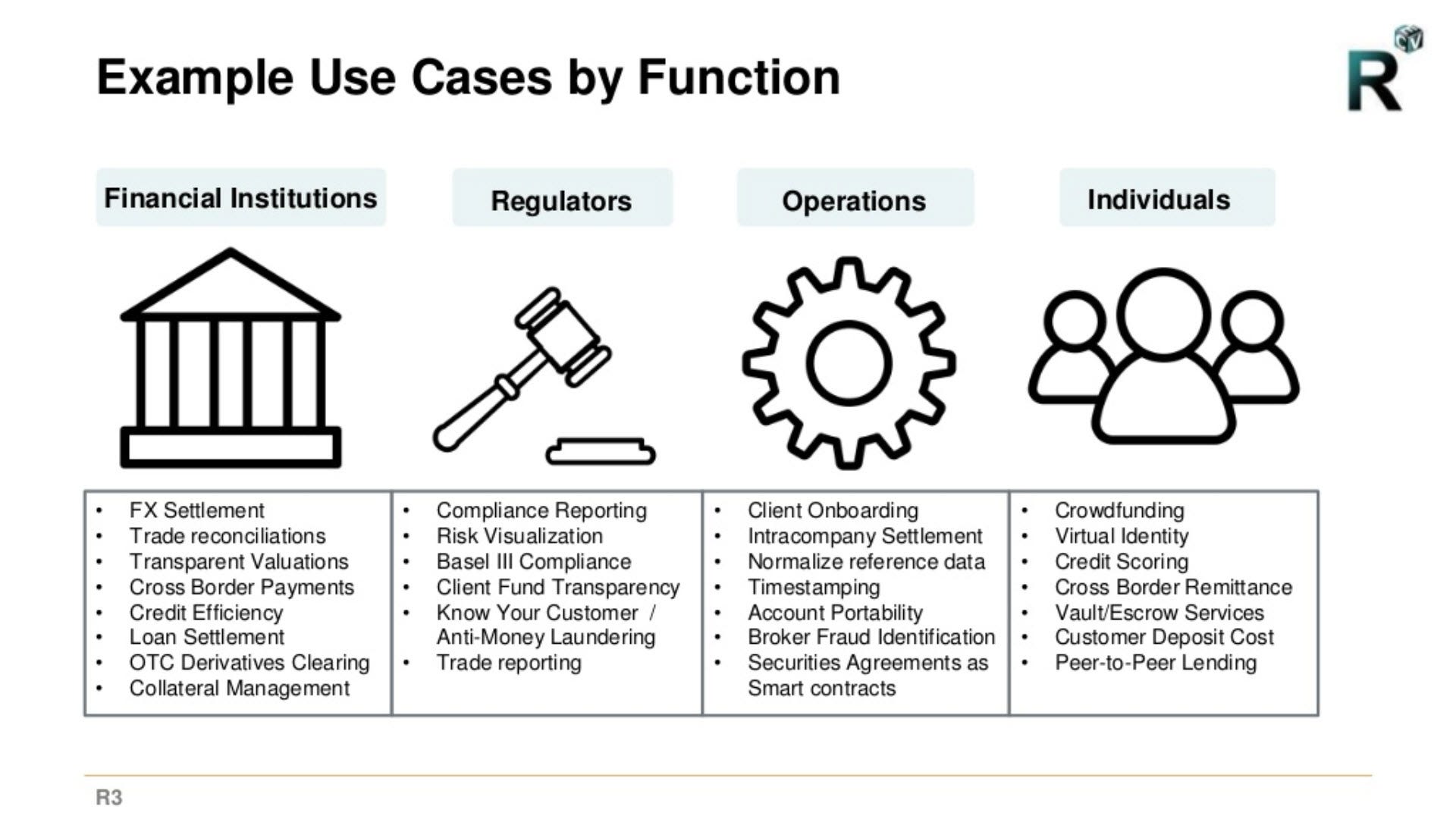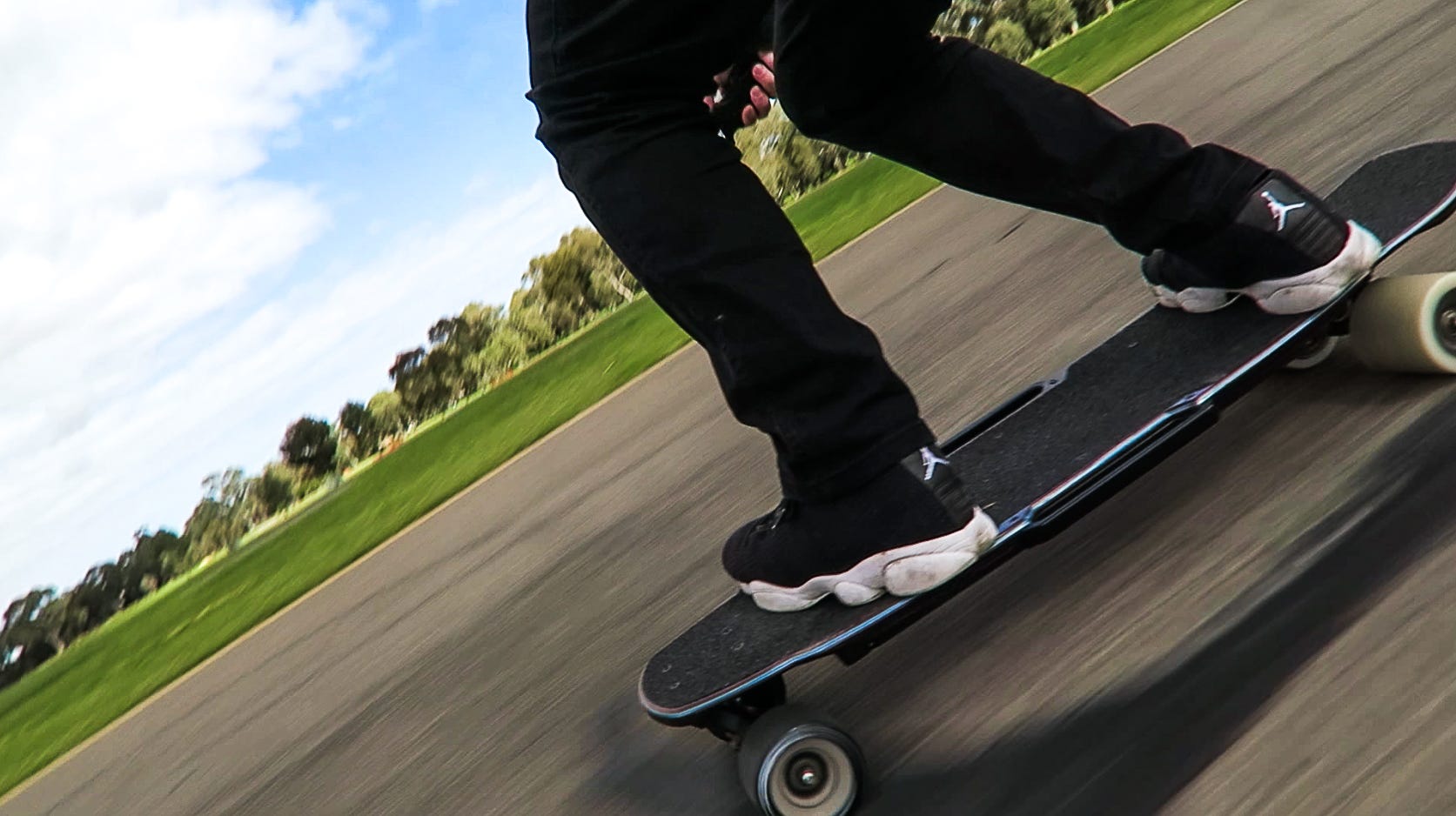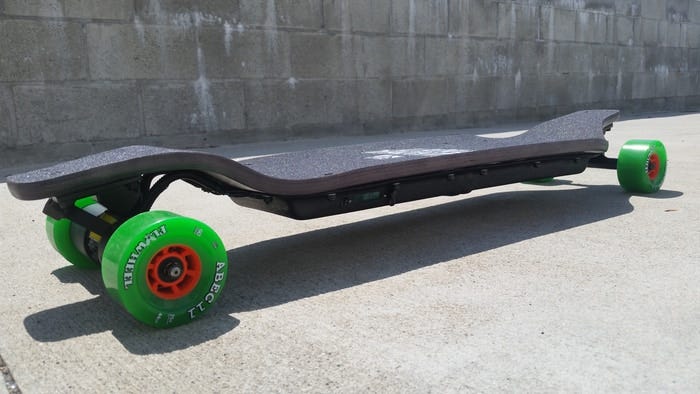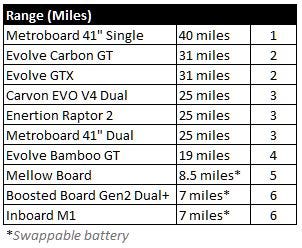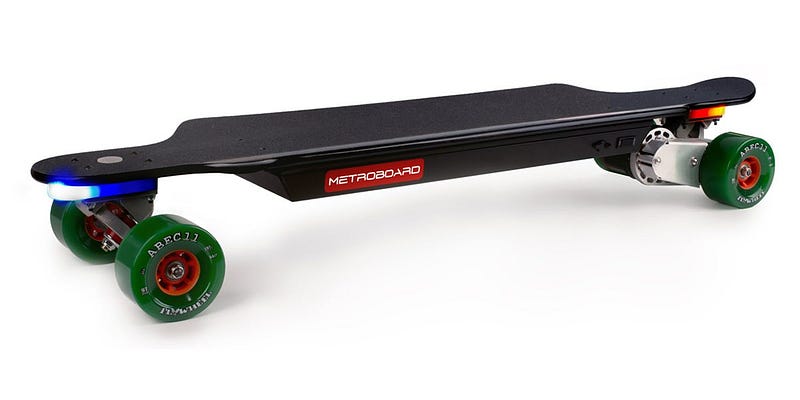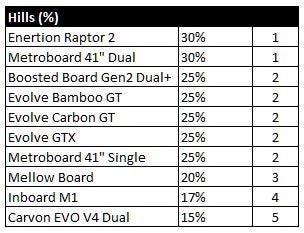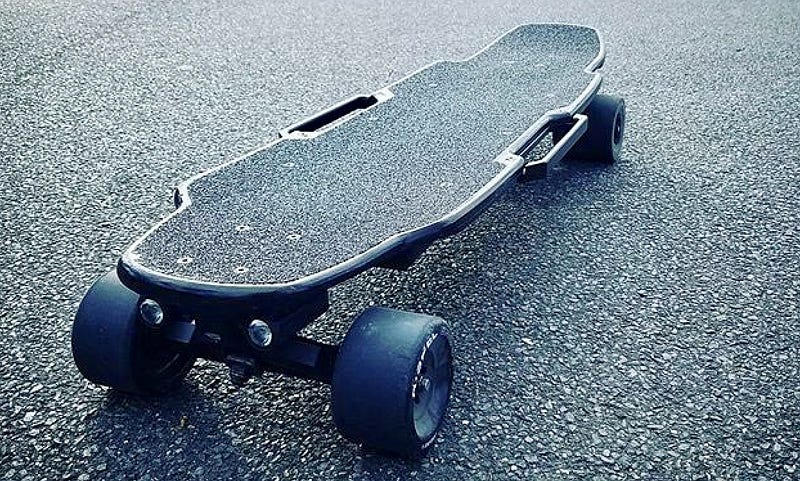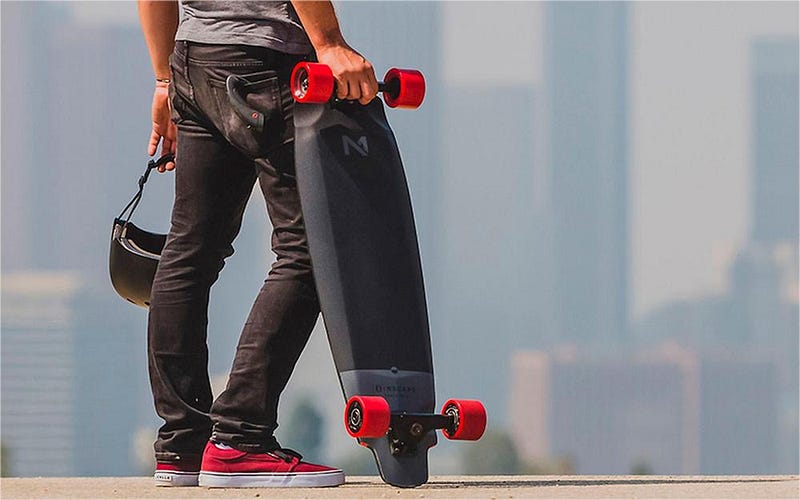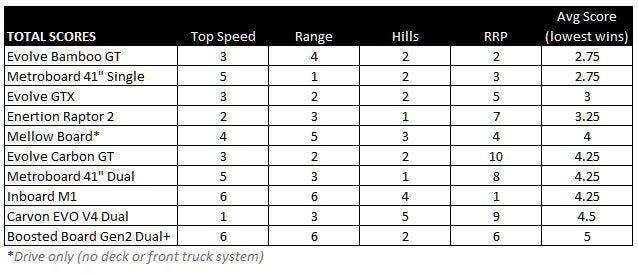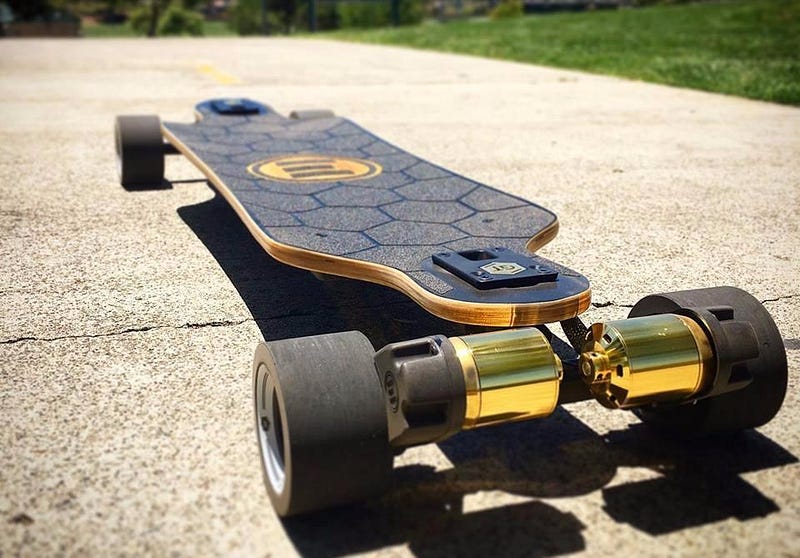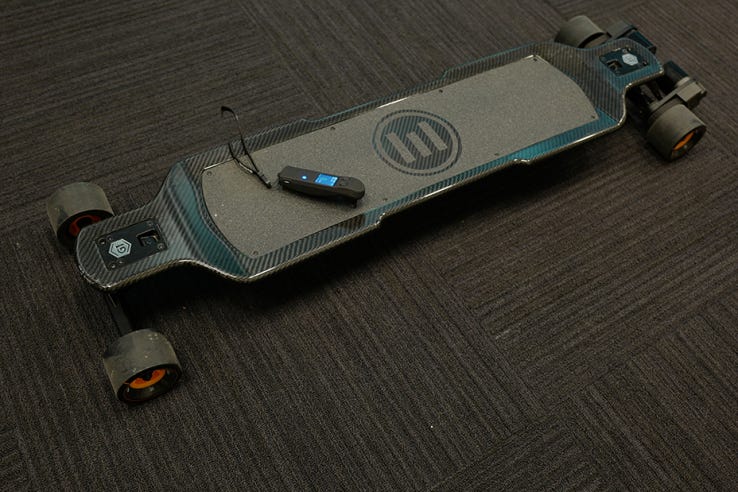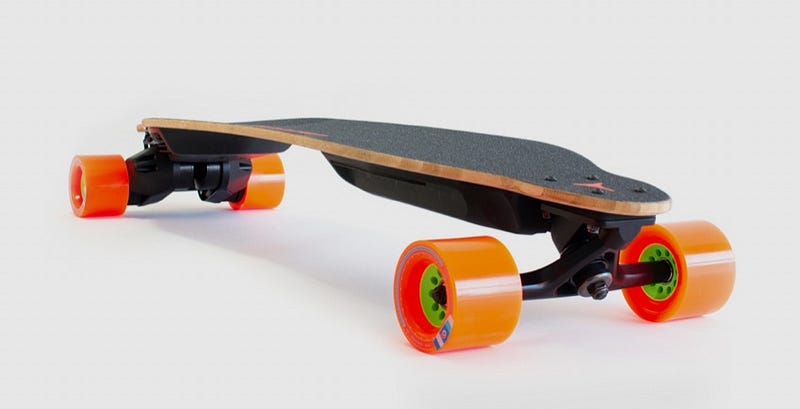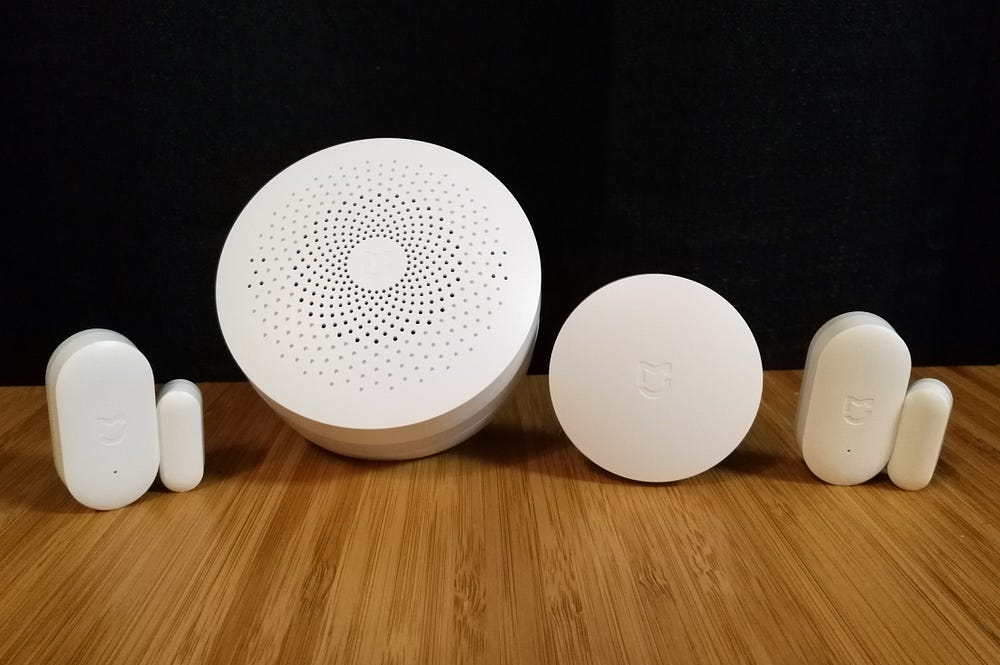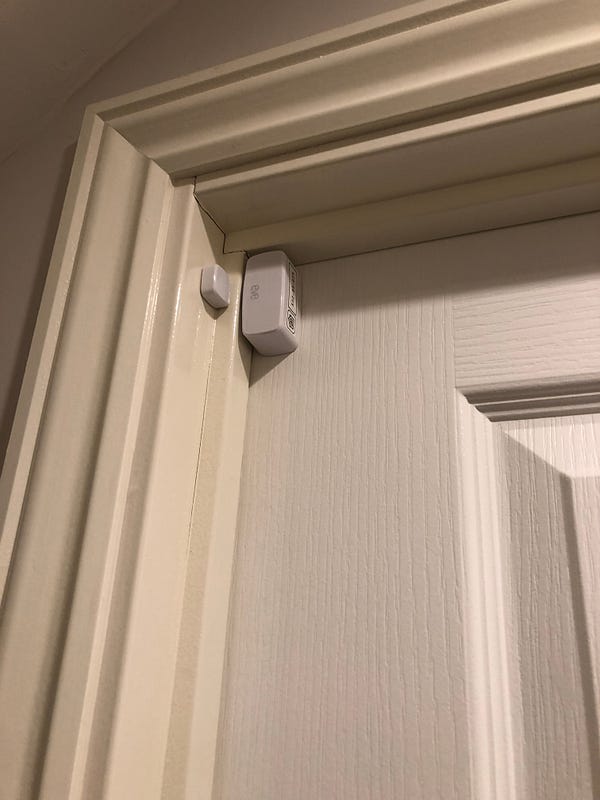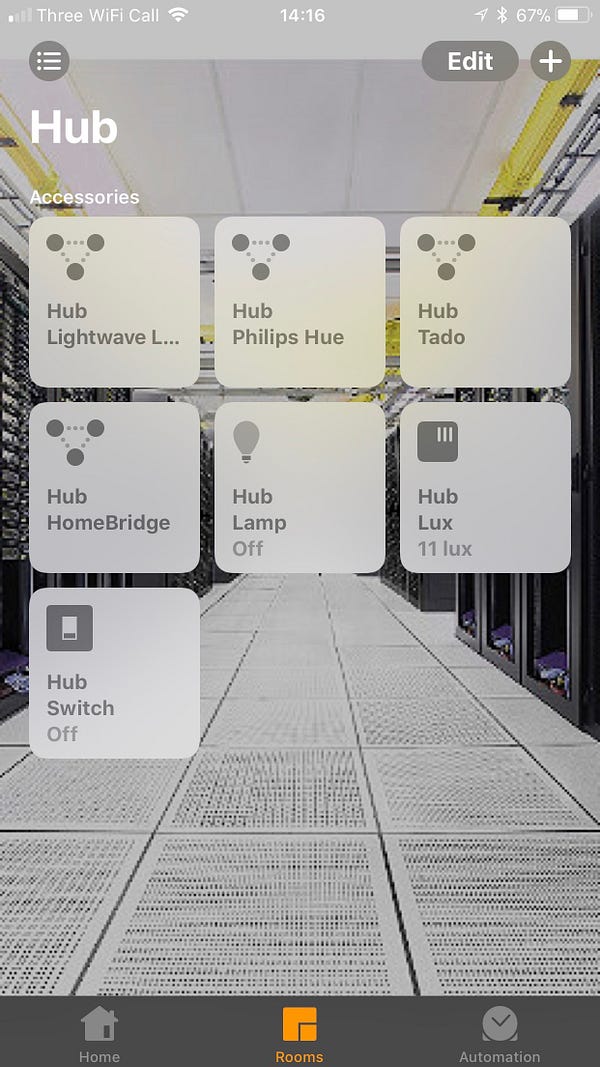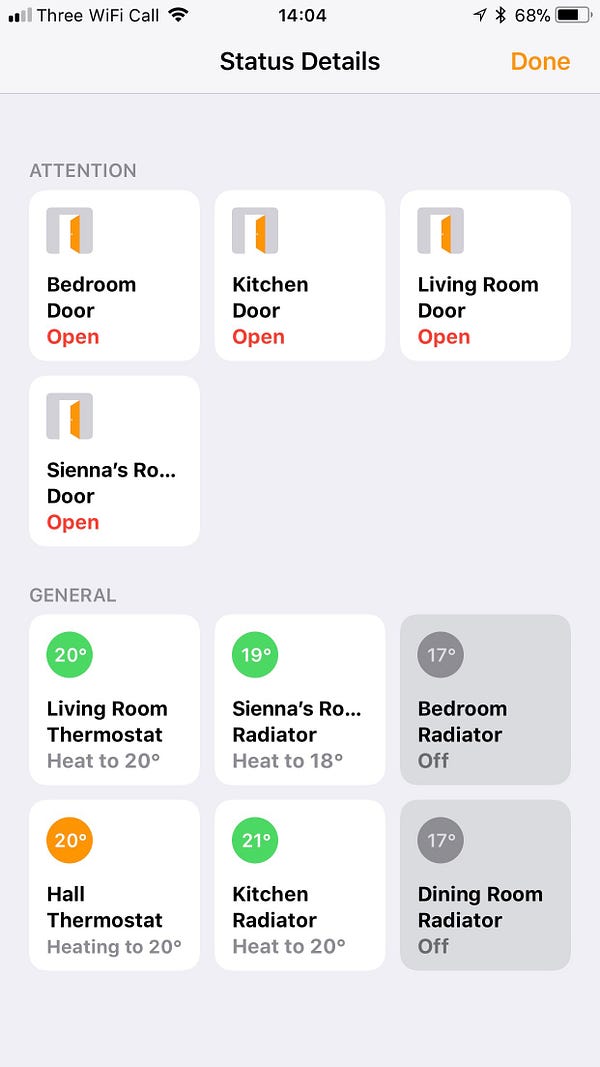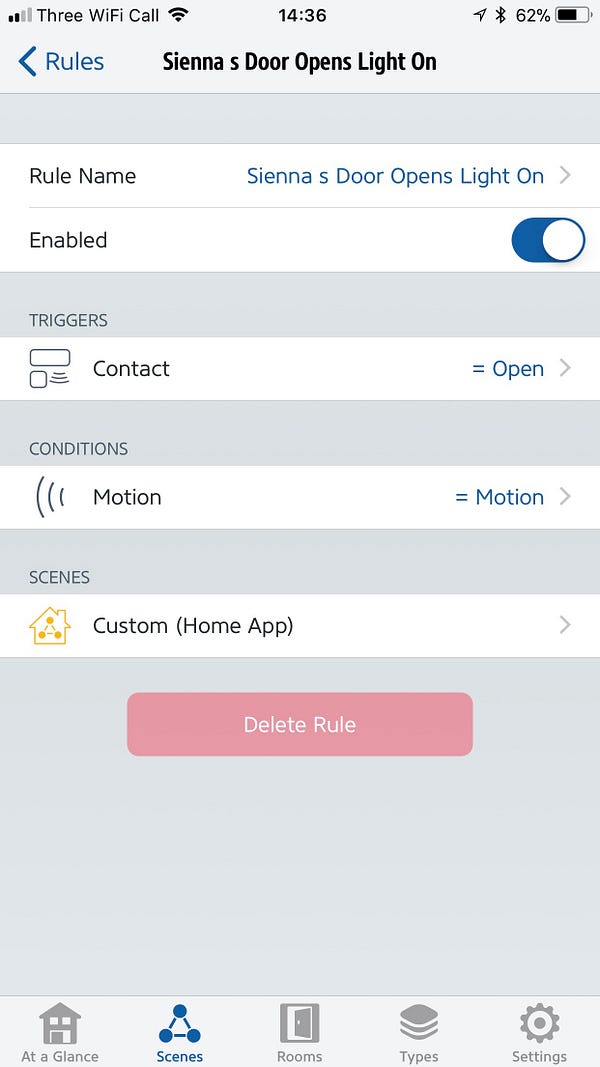
Top 3 Mobile Technology Trend, You Can’t Miss In 2018.
Before I kick-start this article, please allow me to wish
“ A Very Very Very… Happy New Year 2018” To all you lovely readers and my well wishers.
It
has been an amazing journey so far being a part of this mobile app
revolution since 2006, I feel blessed to see both pre & post
smartphone evolution era and having experienced the change myself being
the developer, leader and now a father of my own mobility startup. So
thought to analyze the trend setters which kind of will rule this new
year.
So
here is my Top three technology trends you all should look out for in
your endeavors in this new year 2018, which as always, will offer you
loads of new opportunities to rock this world. Being a part of this
mobile app ecosystem I feel immense pride while writing this piece of
article for all you visionaries and future mobile apprenuer.
1. Augmented Reality/ Virtual Reality:
Wiki Defines AR as :
Augmented reality (AR)
is a live direct or indirect view of a physical, real-world environment
whose elements are “augmented” by computer-generated or extracted
real-world sensory input such as sound, video, graphics, haptics or GPS
data.
As per Wiki VR is :
Virtual reality (VR)
is a computer technology that uses virtual reality headsets or
multi-projected environments, sometimes in combination with physical
environments or props, to generate realistic images, sounds and other
sensations that simulate a user’s physical presence in a virtual or
imaginary environment.
Mobile AR could become the primary driver of a $108 billion VR/AR market by 2021 (underperform $94 billion, outperform $122 billion) with AR taking the lion’s share of $83 billion and VR $25 billion.
In
2017 a lot has happened in this AR where Google & Apple invested
heavily to harness the true potential of it. Apple has launched ARKit & Google has come up with ARCore, for developer to innovate and create some meaningful mobile solutions for the smartphone users.

As AR
helps in adding a digital layer over virtual information to give a more
realistic and unambiguous outlook. AR intertwined apps will gradually
empower retail, life science, manufacturing, and many other domains
through a wide range AR apps being developed to cater these sectors.
I Feel :
AR will take a huge leap forward to further revolutionize the ever progressing gaming industry and will stretch beyond it to empower the digital marketing world where gamification will be employed to attract & acquire new consumer for brands . All marketers need to adopt this tool to target their customers beyond conventional physical marketing. With most of the marketers seeing augmented reality as a way to provide a compelling user experience, we will soon be seeing a plethora of creative AR apps alluring consumers to buy their customized offerings
Virtual
Reality technologies will be more focused on the game and events sphere
as it is already doing so in 2017 and will go beyond to add more
evolved app usage experience to offer an elevated dose of entertainment
for the gaming user.
I find:
With
iPhone X, Apple is trying to change the face of AR by making it a
common use case for masses. Also A whole bunch of top tech players think
this technology which is also called a mixed reality or immersive
environments — is all set to create a truly digital-physical blended
environment for the people who are majorly consuming digital world
through their mobile power house
Some of The Popular AR/VR Companies(As reported by Fast Company):
- Google: is using VR to analyse your your living room
- Snapchat: Helping their app suer to control of their own augmented reality
- FACEBOOK: For gathering IRL friends in VR
- NVIDIA: For providing the power to process VR
& Many More …..
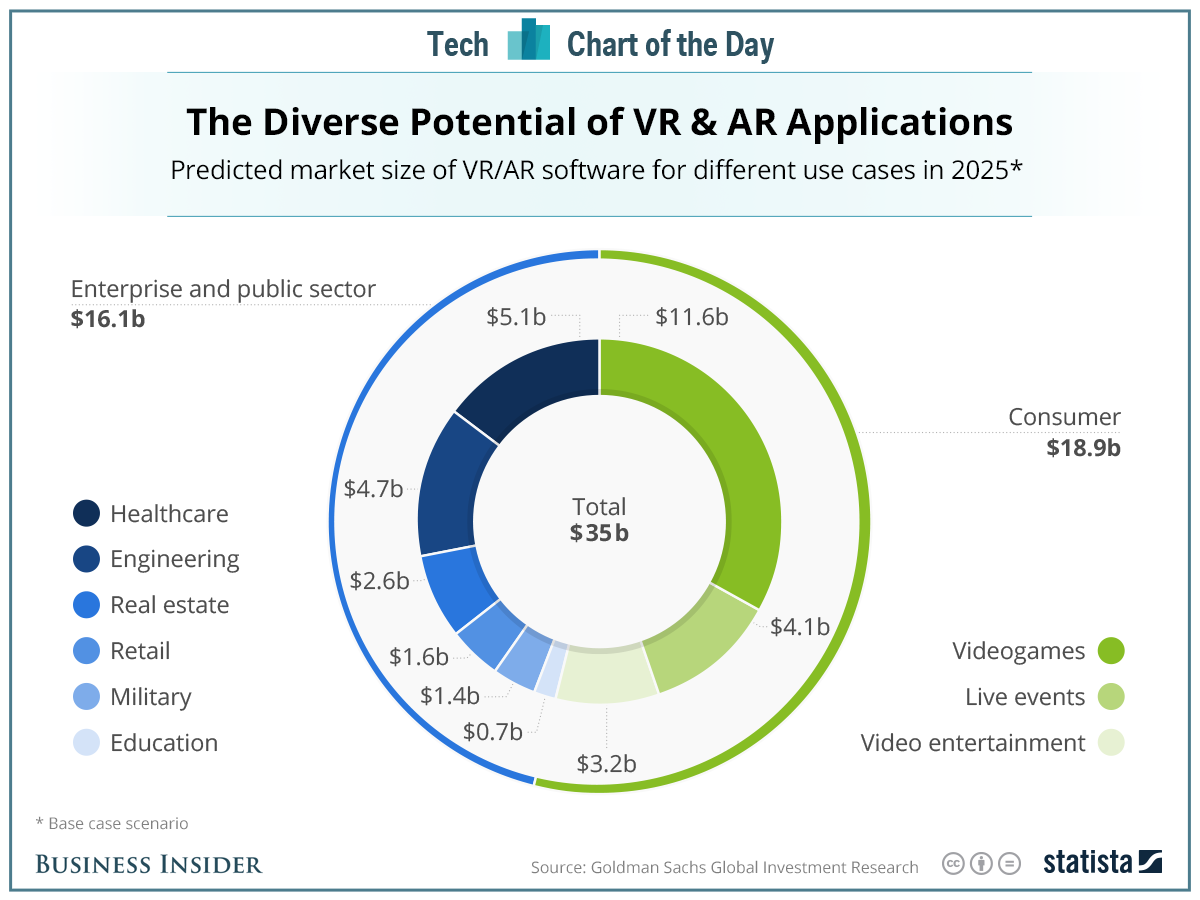
2. Internet Of Things: A Connected World Of H/w & Software:

With Gartner predicting 26 bn
connected devices by 2020 which ranges from LEDs, Toys, Sports
equipment, medical equipment, to controllable power sockets.We will be
privileged to witness the world where everything will connected with
these small devices thereby bringing information right where you are
standing. Also these information will be tapped right were it is being
generated to empower the data centre using Edge Computing tech.
The
smart objects will be interacting with our smartphone/tablets which
will eventually function like our TV remort displaying and analyzing
data, interfacing with social networks to monitor “things” that can
tweet or post, paying for subscription services, ordering replacement
consumables and updating object firmware.
Big Tech Gaints Are Already Bullish On IoT Connected World:
- Microsoft is powering their popular IIS(Intelligent Systems Service) by integrating IoT capabilities to their enterprise service offerings.
- Some of the known communication technology powering IoT concept is RFID, WIFI, EnOcean, RiotOS etc….
- Google is working on two of its ambitious project called Nest & Brillo which is circled around usage of IoT to fuel your home automation needs. Brillo is an IoT OS which enables Wi-Fi, Bluetooth Low Energy, and other Android stuffs.
Established companies such as Microsoft, with its Intelligent Systems Service,
and enterprise software vendors likes SAP, with its Internet of Things
Solutions, are also adding Internet of Things capabilities to their
offerings.
- Amazon launched ‘Amazon Echo’ a amazing tech which works on your voice command to answer your queries, play songs and control smart devices within certain range.
I Feel:
IoT & IoT Based Apps:
Is here to stay and will be playing a very crucial rule in helping you navigate this world with more ease & comfort, making your commuting safe, your communication smart, your shopping productive, your learning more engaging and much more.. to make your living effective and efficient. In fact, IoT is slowly becoming part of every aspect of our lives. Not only will IoT apps augment our comfort, but they will also extend us more control to simplify routine work life and personal tasks.
Internet Of Things Evolution:
Most
of IoT powered devices are already relying on mobile devices to
syndicate data, especially in case of consumer IoT. With the surge in
overall uses of Internet of Things , I feel more mobile apps will be
developed for management of these smart devices.
3. Blockchain: Powering the World Of Cryptos:
As Per Investopedia:
A
blockchain is a digitized, decentralized, public ledger of all
cryptocurrency transactions. Constantly growing as ‘completed’ blocks
(the most recent transactions) are recorded and added to it in
chronological order, it allows market participants to keep track of
digital currency transactions without central recordkeeping. Each node
(a computer connected to the network) gets a copy of the blockchain,
which is downloaded automatically.
To know more about blockchain, please refer
As per recent study by IBM
9 in 10 government firms are planning to invest in blockchain for financial transaction management, asset management, contract management and regulatory compliance purposes.
Another research by Infosys says:
One-third of banks are expected to adopt commercial blockchain in 2018.
So
it is quite clear that secured transactions based mobility solution
will rule the fin-tech & other industry where security lies at the
core. App developers will have a crucial role to play where they will be
expected to develop more innovative app solutions to cater the need for
secure & connected world. Your mobile phones are generating lots of
confidential informations which needs to be secured from the third
party breaches. So techies gear up and pull up your socks as, I feel
Blockchain-based security mechanism are expected to be developed on
mobile apps in the coming years and will needed in all kinds of
industries ranging from fin-tech, eCommerce, Insurance tech etc….
Blockchain
powered cryptos like bitcoin, ripple, Ethereum is already a rage in the
technology & investment world. It has fascinated the imagination of
many tech innovators leading them to adopt blockchain tech to develop
wallets & currencies and most of them are being developed on mobile
devices & computer systems, thereby offerings lots of opportunities
for techies to adopt it as futuristic career options.
Using the blockchain tech entrepreneurs will be developing a solutions mostly over mobile to validate transactions securely, manage contracts smartly, store digital currencies(like bitcoins ,XRP etc), manage voting, secure hassle free shopping, powering banking transactions and many more innovative solutions which will be targeted towards making consumers life more resourceful and productive eventually.
Blockchain Use Case By R3:
There are many more trends which will be disrupting the mobility world like
- Artificial Intelligence : Where Machine learning , Deep Learning all will play a crucial role in fueling intelligence to the machines to help them make smart decisions without human interventions. Mobile chatbots is one of the prime example of one such use case of AI. Apps like Siri, Google Now are already harnessing AI technology and will be inspiring many more voice based and Images based AI innovations to be made by mobile appreneurs. Mobile data will be tapped giving it more intelligent forms by app developers to make our life smarter with time.
- Mobile computing/Cloud computing :Based mobility solutions will be in high demand specially for big enterprises where business decisions are made based on intelligent data analytics . All these will be stored over the cloud and mobile will play a major role in harnessing the power of those data to serve consumer in real time.
Some of My Other Relevant Tech Article Which Can be Useful:
- All About Edge Computing- How It Is Changing The Present Past & Future Of IoT?
- Top 3 Technology Trends For 2018, Which Will Be A Game Changer !
- All You Wanted To Know About BitCoin?
- NLP Fundamentals: Where Humans Team Up With Machines To Help It Speak
Summary:
Having
seen the world of mobility, changing from feature phone to a smartphone
era I feel amazed how it has transformed the life of humans. Now we can
communicate in split seconds, transact in no time, buy what we need
with one touch, get entertained when & where we want, shower our
love to our closed ones without being physically present and do many
more things which one can imagine just over this tiny powerful device.
So
as a developer and as a tech visionary you have, the greater
responsibility to make sure that you are creating tools which
complements user needs and impacts them deeply. It’s your duty to
entertain them, educate them, and to make them feel safe & secure on
the go.
Ending
by, extending my sincere gratitude to all you awesome readers for
showering all your love & constantly inspiring me to write more
& learn more eventually.




